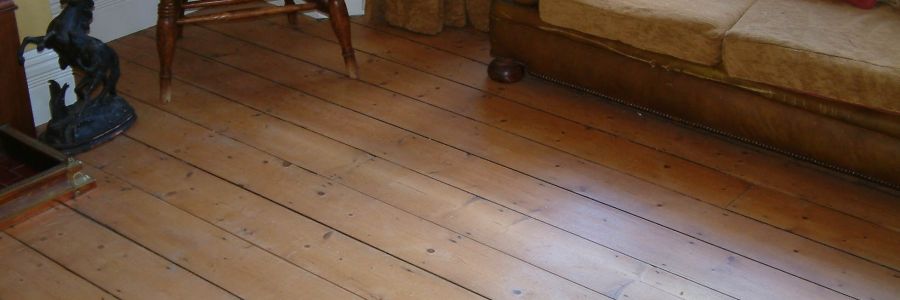Ask StopGap – Do I need StopGap?
Posted onStopGap was designed to be a really simple solution to the problem of draughty floors. It’s not complicated but from time to time we do get asked questions about it, so in the coming weeks we will be posting answers to those questions as a series of blog posts. This first question is the same one that Marcus, the inventor of StopGap, found himself asking. This then lead to the conception of our great little product.
I’ve had the living room floor in my Edwardian terraced house stripped and it looks a million dollars. The only trouble is – we can’t live in it between October and April. Why is it so cold?
The problem is gaps. Wooden floors have lots of them, especially in older houses. They might not look like much, but the astonishing fact is that if you add up all those gaps you’ll find that the average room has a total gap area of 50 x 50cm – equal to a wide-open window! Now let’s delve into the science of why these gaps appear in the first place.
Wood is an amazing natural material that responds to changes in temperature and humidity. It loses and absorbs moisture from the air until it reaches equilibrium with the conditions of its surroundings. The changes in moisture content of the wood cause it to expand or contract depending on whether is it losing or taking on moisture. In summer when the heating is off, the air remains fairly humid and the floorboards expand, mostly widthways. Come wintertime and the heating goes on, drying out the air, and the floorboards with it. This causes them to shrink, again mostly widthways, and you are left with a draughty floor at the coldest time of year.
It is probably the case that in older houses that were built before central heating was invented, the floorboards were never intended to withstand such changes in temperature and humidity. This is why the gaps in these houses can be so pronounced, and cause such a problem when the carpets are removed. After all, it’s the reason StopGap came to be in the first place. It’s also worth noting that StopGap was designed to cope with these fluctuations in the widths of floorboard gaps, as its cleverly simple v-shape acts a spring, keeping the gap sealed throughout the year.
I hope this was useful, if you have a question you would like ask StopGap, please get in touch on our new Facebook page facebook.com/stopfloorboardgaps
